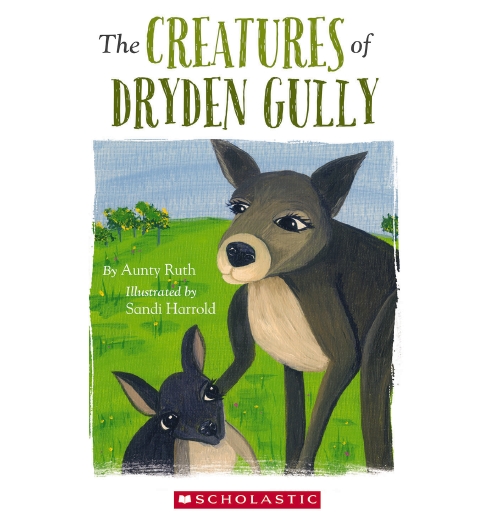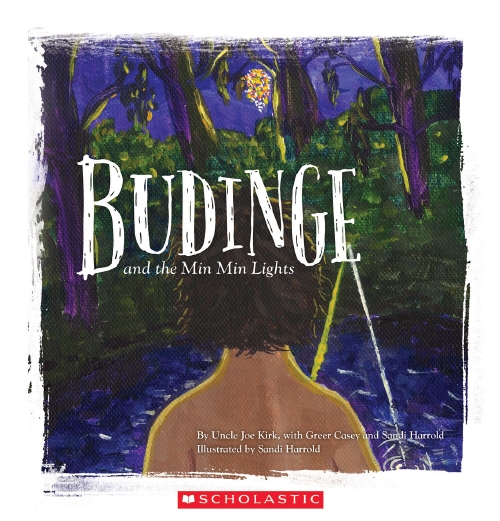 The young Royal was taller than Joey and he had four long legs that all reached to the ground. Joey looked at his own short front paws and sighed.
The young Royal was taller than Joey and he had four long legs that all reached to the ground. Joey looked at his own short front paws and sighed.
“I wish I had four long legs that could take me wherever I wanted to go. Maybe the Royal joey could teach me,” he whispered hopefully.
Joey wants to be better at hopping, so that he can go wherever he wants to. So when outsiders – Royals (deer) – come to the valley, Joey envies their long legs, and wonders if he can learn from them. He follows them into the hills, but before he can talk to them, danger arrives, and Joey has to hide. When his mother finds him, she explains to him that he is special just as he is.
The Creatures of Dryden Gully is a picture book story about belonging, difference and being unique. Joey learns that being different does not make him less special. He also learns the reassurance of his mother’s love and understanding.
Aboriginal elder Dr Ruth Hegarty tells the story in clear language, allowing readers to learn from Joey’s experience. The illustrations use colours of the Australian landscape against textured backgrounds and are both gentle and warm.
A touching story.
The Creatures of Dryden Gully, by Aunty Ruth Hegarty, illustrated by Sandi Harrold
Scholastic, 2015
ISBN 9781760151997&


